George Petrie (1790-1866) was a hugely influential nineteenth century artist and antiquarian who, among many other achievements, published the huge 'Ecclesiastical Architecture of Ireland' containing many drawings of church buildings from before the Norman invasion. This influenced the subsequent Hyberno- Romanesque Revival in church building. A place he returned to again and again was Clonmacnoise, on the River Shannon in Co Offally. This ecclesiastical site dates from the sixth century and has many interesting remains. The round tower in the drawing is O'Rourkes tower dating from 1124, while the doorway in the distance is the north doorway of the cathedral and dates from the fifteenth century. Many of the the kings of Connacht were buried here including the last high king of Ireland: Rory O'Connor, in 1198. Petrie drew a similar view to this a number of times with the sun setting in the distance over the Shannon and birds settling around the tower. In the foreground at that time a jumble of gravestones and a number of pilgrims doing the 'last circut'. Today, it is tourists on more regularised ground and the swathes of vegetation strangling the tower are gone, but it remains a place with a very special atmosphere.
|
The Last Tourists at Clonmacknoise (after Petrie)
George Petrie (1790-1866) was a hugely influential nineteenth century artist and antiquarian who, among many other achievements, published the huge 'Ecclesiastical Architecture of Ireland' containing many drawings of church buildings from before the Norman invasion. This influenced the subsequent Hyberno- Romanesque Revival in church building. A place he returned to again and again was Clonmacnoise, on the River Shannon in Co Offally. This ecclesiastical site dates from the sixth century and has many interesting remains. The round tower in the drawing is O'Rourkes tower dating from 1124, while the doorway in the distance is the north doorway of the cathedral and dates from the fifteenth century. Many of the the kings of Connacht were buried here including the last high king of Ireland: Rory O'Connor, in 1198. Petrie drew a similar view to this a number of times with the sun setting in the distance over the Shannon and birds settling around the tower. In the foreground at that time a jumble of gravestones and a number of pilgrims doing the 'last circut'. Today, it is tourists on more regularised ground and the swathes of vegetation strangling the tower are gone, but it remains a place with a very special atmosphere.
0 Comments
Buttevant, on the road north from Cork, was also a walled town. It was founded in the early 1200's by the Anglo Normans and its walls were erected after 1317 . Though now largely gone, this view from the north east accross the Awbeg River showing the catholic church (1828) and the ruins of the adjacent Francuscan Friary (1251) gives some idea of what it might have looked like as a defensive settlement. The walls followed this river and, in their prime, were probably of similar height to the friary- a considerable investment. The town plan has been linked to similar towns founded during the period in North Wales and the bastides of south western France. All three areas were under the nominal control of Henry III, King of England, Lord of Ireland, and Duke of Aquitaine.
The ruins on the Rock of Cashel in Co Tipperary dominate the surrounding countryside. The former cathedral built between 1235 and 1270 shows signs of many alterations over the centuries. The round tower is earlier and thought to date from around 1100. Also on the rock is Cormac’ s Chapel, built between 1127 and 1134, it is a very sophisticated example of Romanesque architecture, but its exterior currently shrouded in scaffolding, while it undergoes necessary repairs.
Baltimore, Co Cork, is a busy village dominated by its restored castle. This is recorded as being built by the Normans in 1215 and was in occupation until the mid Seventeenth Century. Effectively a tower house it is longer and lower than that late medieval type. It is a ‘hall house’. Such buildings typically are entered at first floor, have slit windows at ground floor level and a great hall at first floor with more open windows. They rarely have substantial outer defences.
|
Marks of Time
Sketches of buildings in the North West of Ireland and further afield with a little information about their history. Categories
All
Archives
June 2024
|
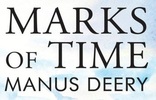
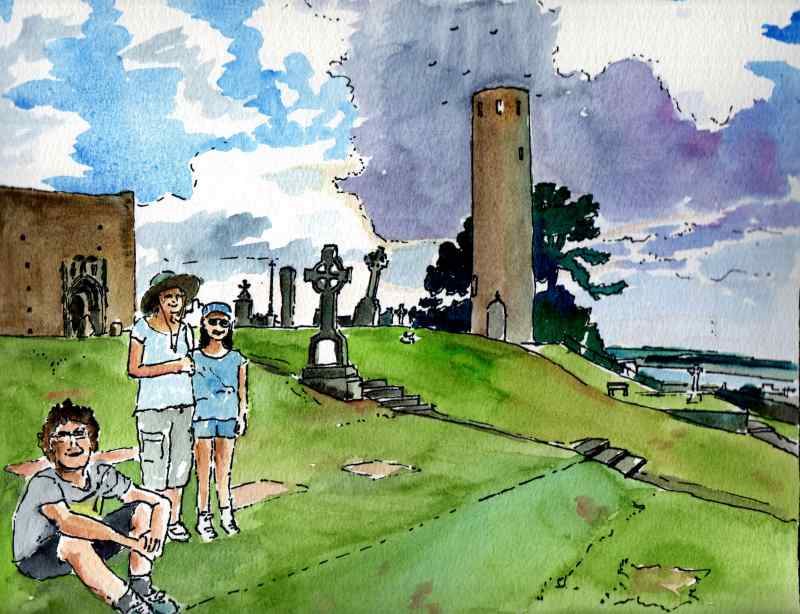
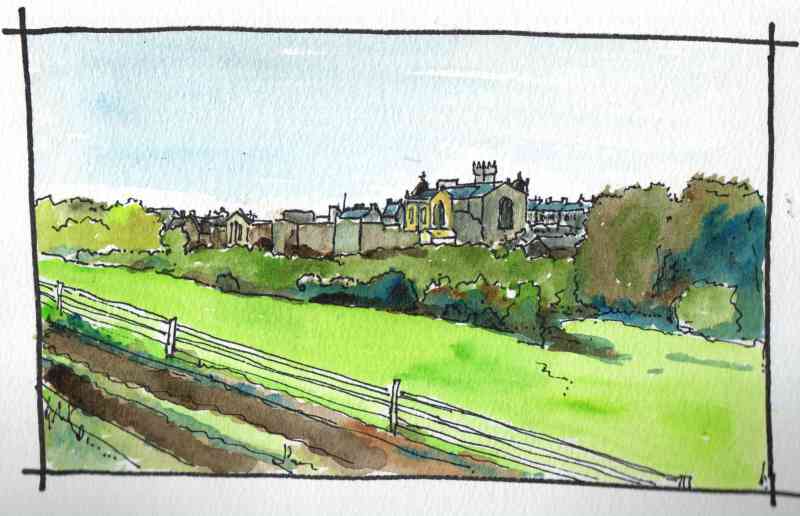
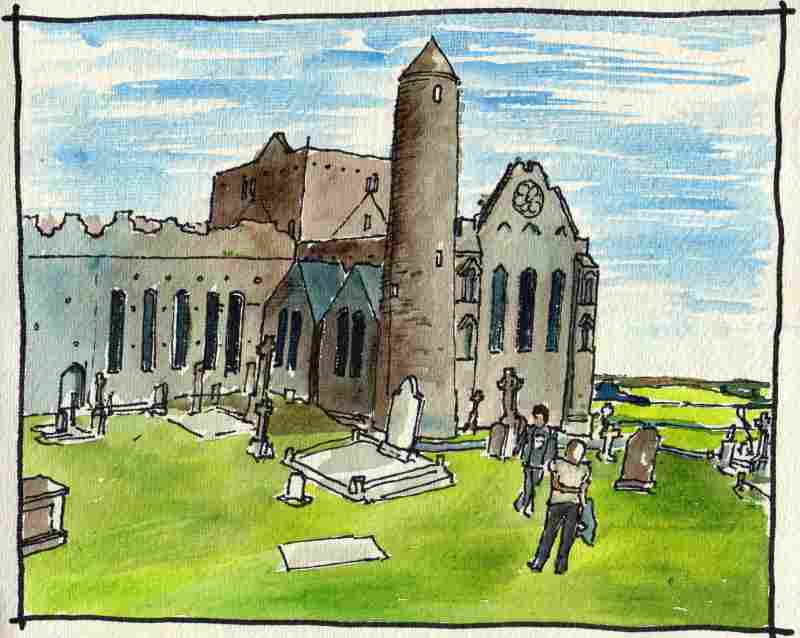
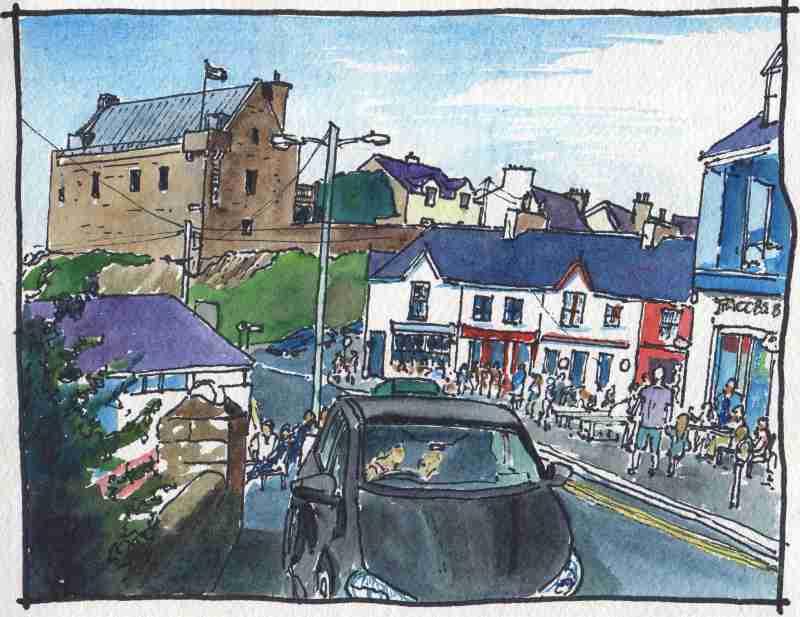
 RSS Feed
RSS Feed
